How is crushed stone different from gravel?
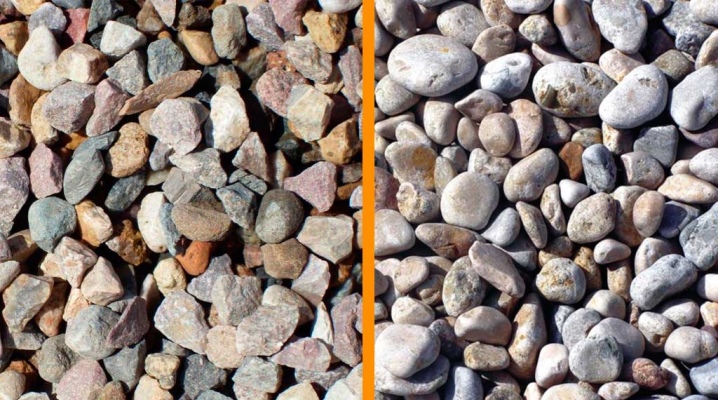
Novice builders believe that crushed stone and gravel are one and the same building material. However, this is not true. Both materials are actively used in the production of concrete materials, paving, refurbishment and garden design. There are many similarities between them, but at the same time the difference is very significant.
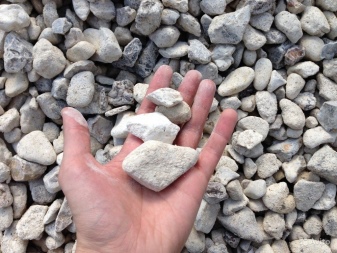
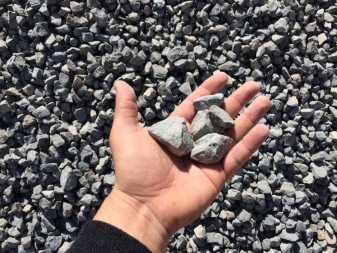
What it is?
First, let's figure out what each of these bulk materials is.
Gravel
It is a sedimentary type of rock formed during the natural process of destruction of large rocks. In the natural environment, this process stretches over many millennia and is carried out continuously.
Taking into account the deposit, gravel is subdivided into mountain, sea, river and glacial. In the construction business, mountain varieties are mainly involved - this is due to the fact that "water" rocks have a flat, smooth surface, so their adhesion is negligible. They are popularly called "pebbles".
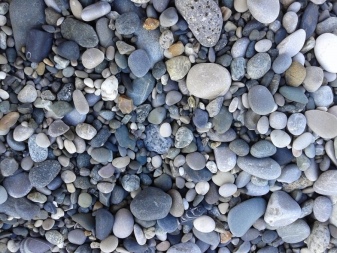
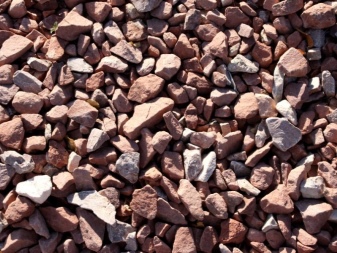
Depending on their size, minerals can have large, small and medium particles, they are distinguished by a rounded shape. In the composition of gravel, some additional admixtures are often present - sand or earth, which further reduces adhesion to concrete.
The main advantage of gravel is its decorative form, which is why it has found wide application in the installation of garden paths, the arrangement of swimming pools and the creation of artificial ponds. A varied shade palette allows you to use smooth gravel to decorate interior panels, artistic compositions, as well as for interior cladding.
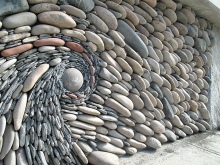

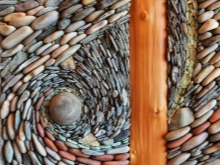
Crushed stone
Crushed stone is a product obtained in the course of crushing and further screening of rocks of various types. It is classified as a building material of inorganic origin. Crushed stone particles can have a wide variety of sizes, ranging from 5 mm and more.
Depending on the base, which is processed into crushed stone, the material is divided into 4 main groups.
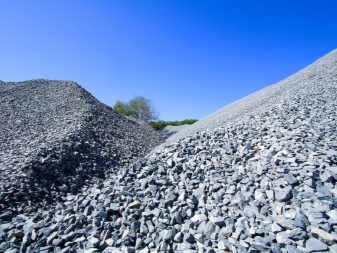
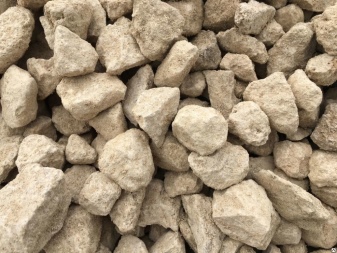
Granite
According to its technical and physical characteristics, this material gives the maximum parameters of strength, frost resistance and duration of operation. Its production requires maximum energy consumption, therefore the price for such a material is consistently high.
The raw material for the manufacture of this crushed stone is granite rocks. Crushed stone is used in places where increased loads on the facility under construction are expected or where special strength is needed.
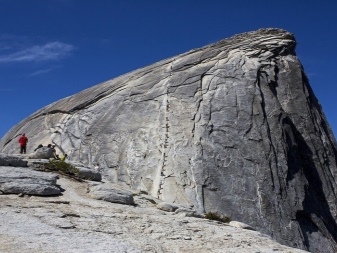
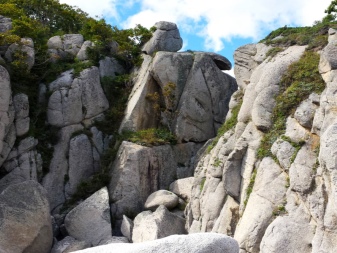
At the same time, crushed granite has a small radioactive background. In accordance with GOST, it does not go beyond what is safe for health. Despite this, the material is not shown for use in housing construction, the construction of medical and children's institutions.

Gravel
This material is obtained by a quarry method or extracted from the bottom of water bodies (rivers and lakes). It goes through cleaning, then crushing and final sorting into separate fractions. In terms of its strength parameters, it is slightly inferior to granite material, and accordingly, the price is affordable.
The main advantage of this material is zero background radiation. It is this crushed stone that is used in the construction of residential buildings, kindergartens, schools and hospitals.
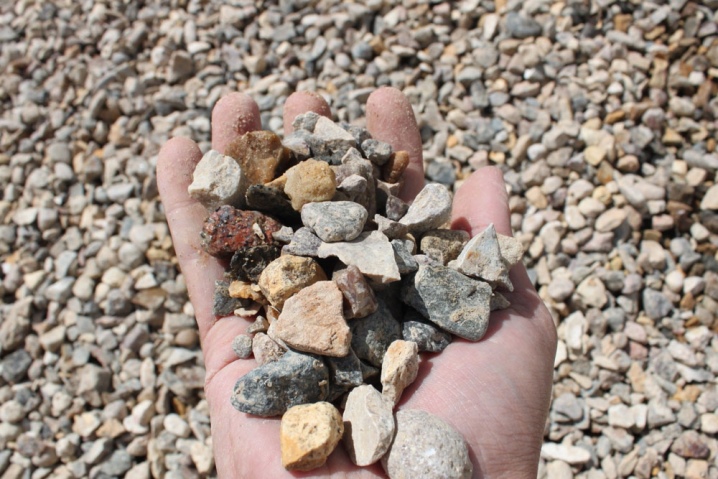
Limestone
One of the cheapest types of crushed stone, due to this it is in high demand among the population.Of course, its strength characteristics are far from high, but this material can be used for individual works in low-rise housing construction.
By its chemical structure, this is ordinary calcium carbonate; it can dissolve in a liquid medium.
Therefore, when constructing the foundations of residential buildings, it is not used, since it will collapse upon contact with soil moisture.
Such crushed stone has found application when filling the yard and parking, arranging secondary roads, as well as garden and park recreation areas.


Secondary
This type of crushed stone is crushed construction waste.
All types of crushed stone are characterized by a rough surface. This material adheres well to the grout and does not sink to the bottom. After its introduction, the mortar acquires a uniform consistency and uniform density. The most in demand are cube-shaped crushed stone options - they have the maximum density and allow you to create a strong and reliable structure foundation, especially if granite varieties are used.
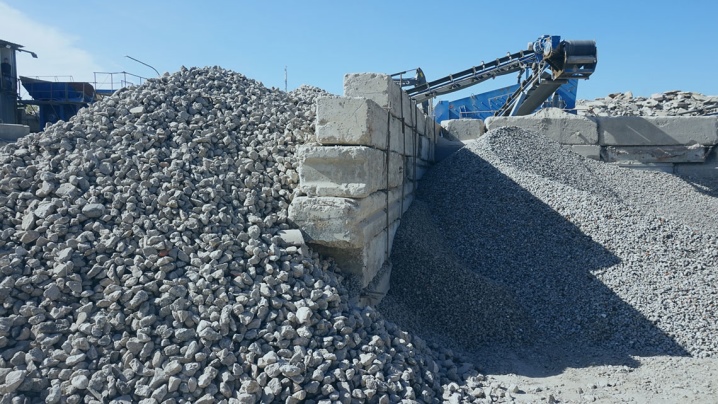
Depending on the size of the grains, several types of crushed stone are distinguished:
- 5-10 mm - this fraction is mainly used in the arrangement of asphalt pavements, the production of paving slabs, curbs and other forms of concrete, and it is also part of drainage systems;
- 10-20 mm - a stone of this size is widely used in the creation of foundations;
- 20-40 mm - also used for arranging the foundations of multi- and low-rise buildings;
- 40-70 mm - the largest fractional crushed stone, is in demand for the construction of railway embankments, coverings of airfields and highways with high traffic intensity.
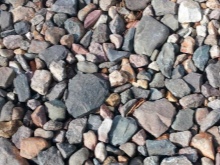

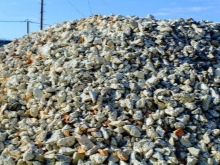
Due to its functional characteristics, crushed stone provides the most durable adhesion, therefore it is indispensable for pouring mortar and manufacturing building materials.
Comparison of appearance
At first glance, it is not easy to distinguish between gravel and crushed stone. Both are formed from rocks, are inorganic materials, and therefore have a similar composition. There is also a certain external similarity - pebbles and gravel can have the same color, although gravel has a rougher surface.
Basically, the main difference between materials is their origin. Crushed stone is obtained by blasting with subsequent processing. Gravel is formed during the natural aging of rocks under the influence of sun, wind, water and other external factors. With all this, crushed stone is larger and provides better adhesion, therefore, it is more widespread in the domestic market.
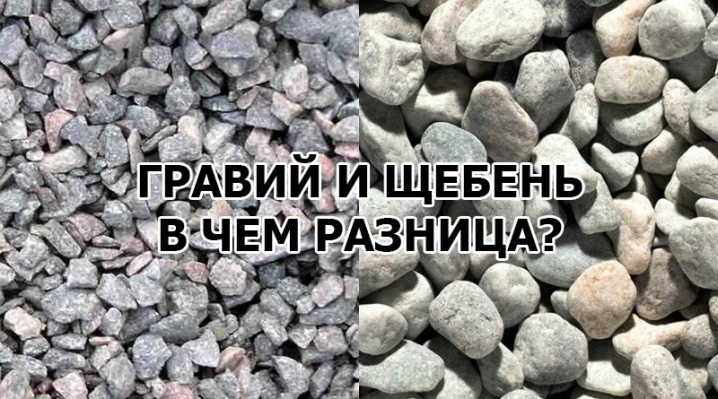
Fraction form
To obtain crushed stone, they resort to crushing solid rocks. When making gravel, this is not necessary, since it is a finished product of natural origin, formed under the influence of natural processes. Therefore, the gravel looks more accurate, there are no sharp edges in it.
The crushed stone obtained by the crushing method is always angular and looks less neat in comparison with pebbles.
There is a difference between crushed stone and gravel in terms of the parameters of individual fractions. So, for crushed stone, the dimensions of particles from 5 to 20 mm are considered small, while for gravel, grains of 5-10 mm are already a large fraction.
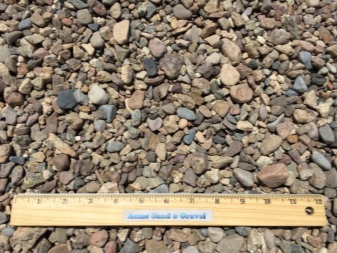
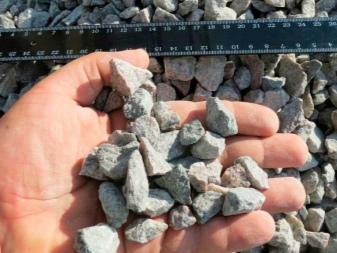
Colour
Gravel is available in a wide variety of colors. It comes in brown, white, blue, and even pink. This palette, combined with the rounded shape of the grains, leads to the ubiquitous use of gravel for stylish landscaping.
Crushed stone is a one-color material. It does not represent any decorative value, its use is limited to construction work.
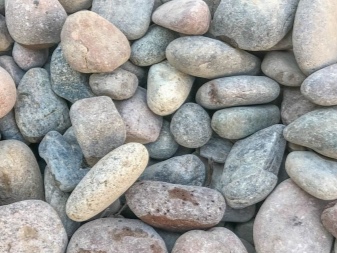

Other differences
The difference in the origin of both materials predetermines the difference in adhesion parameters in terms of the performance characteristics of gravel and crushed stone. If we talk about the price, then the cost of a ton of gravel and crushed stone is about the same. However, rounded grains of gravel quickly fill all the voids, so its consumption for processing the same area is much higher than that of crushed stone. Accordingly, when using pebbles, the total cost of work increases in comparison with gravel.
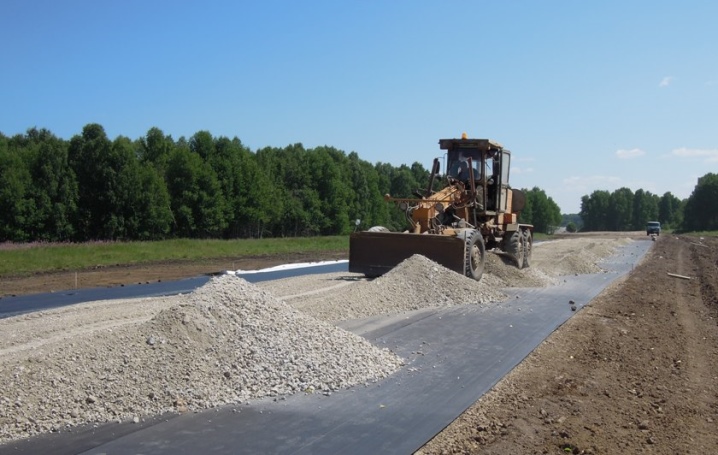
What is the best choice?
It is impossible to give an unequivocal answer to the question of which material is better - crushed stone or gravel. The differences in shape and appearance explain the operational characteristics of these materials.
When using crushed stone and pebbles in construction, the difference comes down to the fact that maximum adhesion to the concrete composition can be obtained only by adding crushed stone. That is why only it is used in the construction of the foundation. At the same time, it is very difficult to use crushed stone in garden design - it is a technical material, therefore it does not represent any aesthetic value.
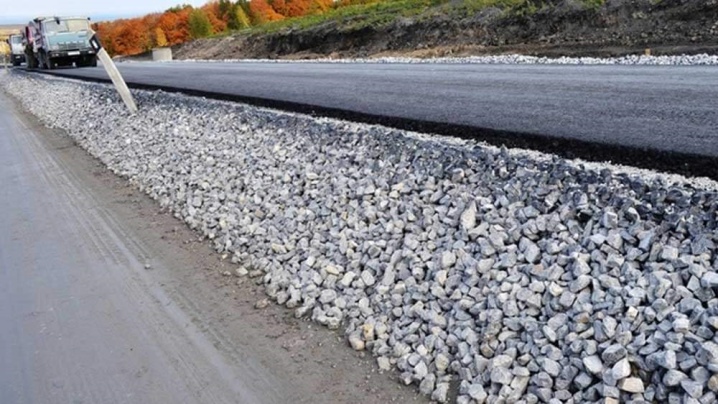
Gravel has a rounded shape, it is visually more aesthetic and attractive, especially in river and sea pebbles.
Besides smooth gravel - it looks very nice, but does not give the necessary adhesion of the sand-cement mass. Getting into the solution, pebbles immediately settle to the bottom - thus, the density and stability of the concrete mass is violated. The base of such a structure may not withstand intense loads and rather quickly begins to crack and collapse.
Due to the rounded edges and flat shape, the pebbles have an increased negative flakiness. When performing road backfilling, a lot of free space is formed between the stones, therefore the bulk density of such a building material is very low. This has the most unfavorable effect on the overall strength of the web.
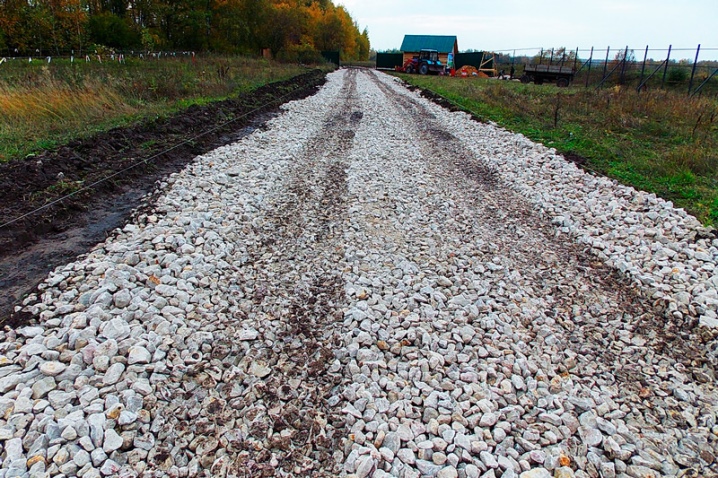
The advantages of gravel include its aesthetic appearance. It is a unique and original material, but technically it will not be the most successful solution. Although in some cases it can be used for the manufacture of drainage and concrete mixtures with an average degree of strength - in this case, a significant reduction in the total cost of the mortar can be achieved. But for the manufacture of heavy mortars, as well as products with high strength requirements, it is advisable to use crushed stone as a filler.
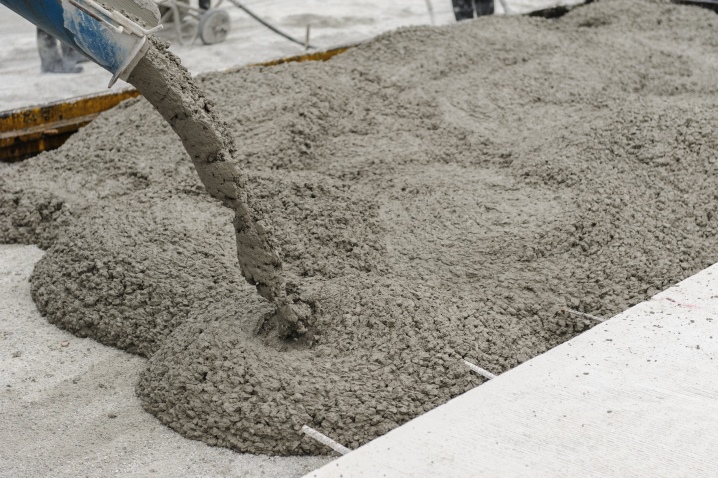
Crushed gravel
It should be noted that the difference between crushed stone and gravel still suggests the existence of such material as crushed gravel. It is obtained artificially by crushing a monolithic rock. Crushed gravel is characterized by increased strength, while the cost of its production is much lower than when extracting crushed granite.
The material is distinguished by exceptional resistance to extreme temperatures and temperature extremes.
That is why it is widely in demand in the preparation of building foundations. An alternative to it is crushed stone from granite, the addition of coarse gravel is allowed.
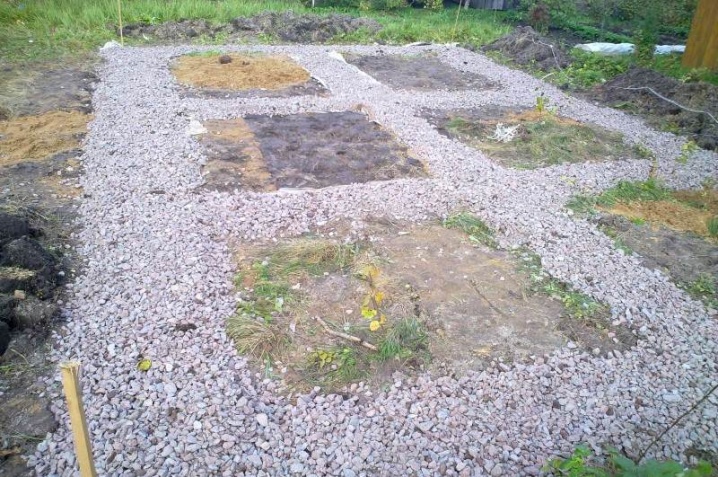
conclusions
- Both building materials are of inorganic origin, but crushed stone is obtained as a result of mechanical destruction of hard rocks, and gravel is formed during their natural destruction.
- The pebble has a streamlined shape with a rounded flat surface. The shape of the crushed stone is arbitrary and necessarily acute-angled, the surface of the grains is rough.
- Crushed stone has found its application in solving construction problems. Gravel is mainly used for landscape decoration.
- The main advantage of crushed stone comes down to its high adhesion and technical parameters. The advantage of gravel is its aesthetic appearance.
Having understood the main differences between these two minerals, you can choose the best option for a specific type of work.











The comment was sent successfully.